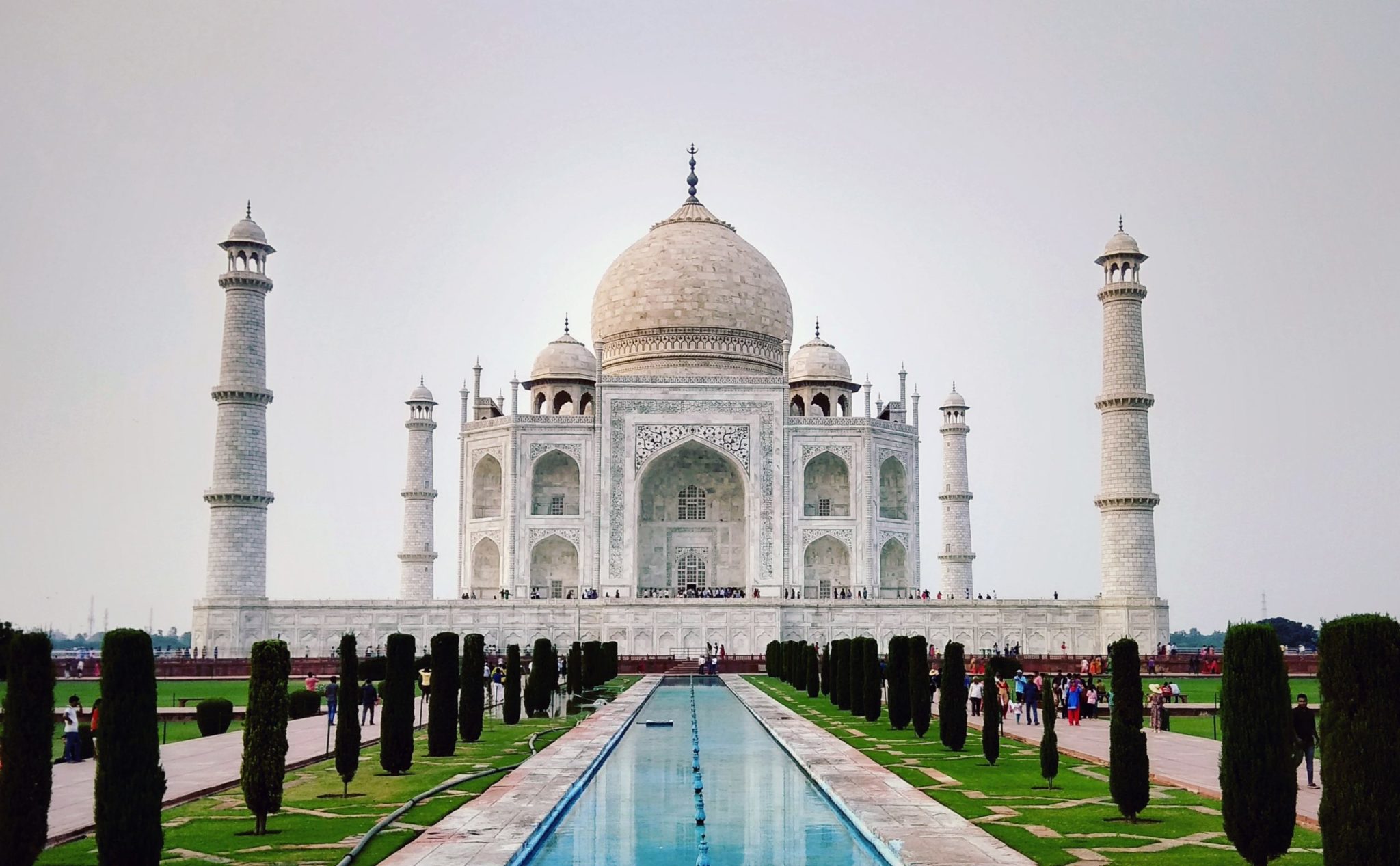The Taj Mahal, India’s most prized jewel is a symbol of love tarnished by its history of slavery and now sits in Agra corroded by pollution. Behind the surface is a rich history of architecture that is considered to be the most beautiful in the world.

The Base of Islamic Architecture
Like the Taj Mahal, a large number of structures with historic significance stem from Islamic Architecture. When you think Islamic architecture, it’s always large Domes and Mosques with the likes of Kaaba in Mecca and the Blue Mosque in Istanbul. India is home to a subset of the Islamic architecture, the Indo-Islamic architecture.
Beginning in the Delhi Sultanate
Indo-Islamic architecture comes initially from the Delhi Sultanate and later from the Mughal Empire. This style of architecture featured Large domes and arches decorated with ornate motifs and inscriptions. Built by a highly skilled workforce that used stone masonry of the prime quality, this style is unlike any other.
Regional Variations
Delhi Sultanate
Since India is such a vast country, the Indo-Islamic architecture evolved to different styles under the reign of various sultanates. The most prominent being the Delhi Sultanate. First introduced by Qutb Al-Din Aibak who started with Central Asian style which later came to its final form boasting huge domes and arches.
Deccan Sultanate
The Deccan Sultanates, on the other hand, drew their influence from Iranian Architecture which features a four-Iwan or a large hall with one end open built with glazed tiles.
Bengal Sultanate
The Bengal Sultanate mostly used brick for construction as seen in pre-Islamic buildings. This style took inspiration from Hindu or Buddhist temples but later evolved into its own which featured curved cornices ad large round buttresses decorated with carved terracotta bricks.
Gujarat Sultanate
Another regional style was that of the Gujarat Sultanate under the reign of the Muzaffarid Dynasty, who built numerous structures throughout Gujarat. Prominent features included the use of Minarets decorated elegantly with elaborate carving and appeared in pairs at the main entrance.
Mughal Architecture
That brings us to the Mughal Architecture. The Mughal Empire conquered India and reigned from 1526 to 1857 and during the time gave India some of its most beautiful structures. The Mughal style was a mix of Islamic, Persian, Turkish, Arabic, Central Asian and Native Indian Architecture. Some of the /most prominent features of the Mughal style were large, manicured courtyards and symmetrical buildings.
Patronage of Akbar
Obviously one of the most popular names in the Mughal Architecture is of Akbar who designed forts and towns which blended Indian styles along with numerous outside influences. One of the most commonly used style blends was the Islamic- Persian style.
During the Mughal Empire, the Qutb Shahi Dynasty that was free from Mughal Influences. brings us the city, Hyderabad. Here evolved a distinct style of the Indo-Islamic architecture. This style evolved under three periods the Golconda Dynasty, the Nizam period and the Asif Jahi period.
Qutb Shahi Architecture of Hyderabad
The Qutb Shahi architecture drew most of its influences from the Bengal and Deccan Sultanates. This meant that the style was highly influenced by Persian Architecture. The most popular buildings built in this style are the Golconda fort, Qutb Shahi tombs, and the Charminar. Structures were built using granite and decorated with Persian inscriptions and the popular lattice screens.
Charminar
The Charminar, the centerpiece of Hyderabad was built by Muhammad Quli Qutb Shah in 1591. It’s Square with a large arch on each of its faces. To the North of the Charminar is the Gulzar Houz Fountain and the South is the Mecca Masjid another popular structure built during Qutb Shah’s reign.
Falaknuma Palace
Following the Qutb shah Dynasty was that of the Nizams who reigned during the 18th and 20th centuries. The Nizams went on to make Hyderabad one of the Princely states of the British Empire and this reflects in the Architecture of the time too. This period brought about the Indo-European Architecture which later evolved into a Neoclassical style. A prominent example being the Falaknuma Palace, which was built in the shape of a scorpion.
European Influences
The architecture in Hyderabad saw its final evolution in the 17th century which saw a blend of Indian styles with that of European, Baroque and neoclassical. The secular constructions were outweighed by large vast palaces.
During a period of 500 years, Indo-Islamic architecture evolved into a Plethora of styles that vary from region to region throughout India and the most beautiful of these is that of Hyderabad. Although no longer used, this style of architecture is rich in heritage and has definitely left its mark in the rungs of history.
